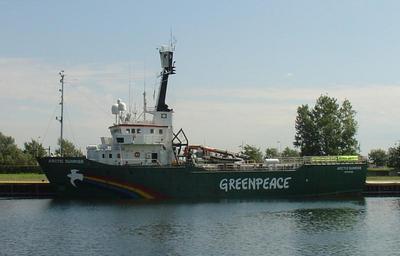Introduction
In the realm of photography, few themes evoke as much emotion and introspection as the concept of Reflective Puddles: Capturing Life's Fleeting Moments. This subject transcends mere imagery; it embodies a philosophy that invites us to explore our existence through the lens of transient moments. The interplay of light, shadow, and water creates an ethereal atmosphere, allowing photographers to capture fleeting glimpses of life that might otherwise go unnoticed. This article will delve deep into various photographic techniques and artistic expressions surrounding reflective puddles, exploring their significance in creating evocative narratives.

Why Focus on Reflective Puddles?
Reflective puddles represent more than just water on a surface; they symbolize Osku Leinonen Photography contemplative wall art the liminal world in photography where reality blurs with imagination. They serve as a mirror to our thoughts, feelings, and experiences. In capturing these moments, photographers engage in visual storytelling that resonates on a profound level. So let's embark on this journey to discover how reflective puddles can transform ordinary scenes into extraordinary art.
The Liminal World in Photography: An Overview
What is the Liminal World?
The term "liminal" refers to transitional spaces—those in-between zones where we feel suspended between two states. In photography, this concept translates beautifully when capturing reflective puddles. These still bodies of water create an ambiguous boundary between reality and reflection, offering viewers a glimpse into both worlds simultaneously.
Capturing Emotion Through Liminality
Photographers often seek out these liminal spaces to evoke emotions. The tension between what is real and what is reflected can elicit feelings of nostalgia or contemplation. By intentionally framing these moments, artists can encourage viewers to reflect on their own experiences and emotions.
Examples of Liminal Spaces
- Urban Decay: Abandoned buildings or neglected lots can serve as perfect backdrops for capturing reflective puddles. Natural Landscapes: Rain-soaked forests or fields reveal hidden beauty when viewed through reflective surfaces. Transit Areas: Train stations or tunnels can create compelling narratives by using wet textures and shadowy reflections.
Tunnel Photography: A Unique Perspective
Understanding Tunnel Photography
Tunnel photography often embodies the idea of confinement—the feeling of being trapped yet simultaneously liberated by creativity. Incorporating tunnels into your work can enhance the narrative depth you aim to achieve.
Creating Atmosphere with Tunnels
When you photograph in a tunnel:
Use Backlit Subjects: Positioning your subject against a light source creates dramatic contrasts that highlight features while adding depth. Experiment with Angles: Shooting from different perspectives can lead to surprising compositions that challenge conventional views.Mood Enhancement Techniques
Utilizing murky tones in photography can amplify the atmospheric quality of your tunnel shots. Dark walls contrasted with vibrant reflections create a moody aesthetic that captures attention and invites exploration.
Self-Portrait in Photography: Exploring Identity
The Role of Self-Portraits in Reflective Imagery
Self-portraits provide an intimate look at the artist's psyche, especially when combined with reflective elements like puddles. Whether you're showcasing vulnerability or strength, self-portraits allow for personal storytelling within the broader theme of Reflective Puddles.
Techniques for Effective Self-Portraits
Use Props Wisely: Hats and coats can add character to your image while enhancing mood. Play with Shadows: Character in shadow can tell powerful stories; consider how light interacts with your body. Choose Your Location Carefully: A rare location will elevate your self-portrait from mundane to mesmerizing.Capturing Introspection Through Composition
Creating an introspective mood often involves solitude—placing yourself as a solitary figure against expansive backgrounds allows viewers to feel your emotional journey.
Murky Tones in Photography: Creating Depth and Mystery
What are Murky Tones?
Murky tones refer to darker hues that dominate an image, adding layers of complexity and intrigue. These tones are particularly effective when capturing scenes with water reflections since they amplify the sense of mystery inherent in such environments.
Using Murky Tones Effectively
Utilize natural light at twilight hours for softer illumination. Adjust your camera settings (ISO and aperture) to enhance contrast without losing detail. Experiment with post-processing techniques to accentuate earthy hues while maintaining authenticity.Evocative Textures and Their Impact on Storytelling
Incorporating evocative textures strengthens visual storytelling by providing tactile qualities that resonate emotionally with viewers.
Earthly Hues in Photography: Nature’s Palette
Defining Earthly Hues
Earthly hues encompass colors found commonly within nature—browns, greens, ochres—that ground images while fostering connection with landscape elements like soil or foliage.
Combining Earthly Hues With Reflective Puddles
Capture reflections that include surrounding plants—this adds depth while harmonizing color schemes. Use earthy tones as backdrops for subjects dressed in contrasting colors (like dark coats) for dramatic effect.Creating Immersive Compositions Using Color Theory
Understanding how aesthetic photos to print colors interact helps photographers craft immersive compositions that draw audiences deeper into their work by amplifying emotional responses through harmonious palettes.